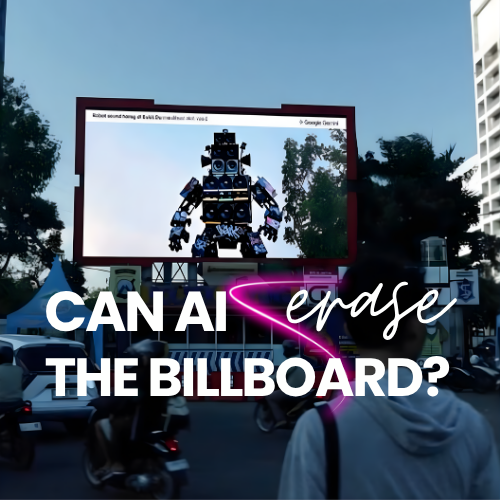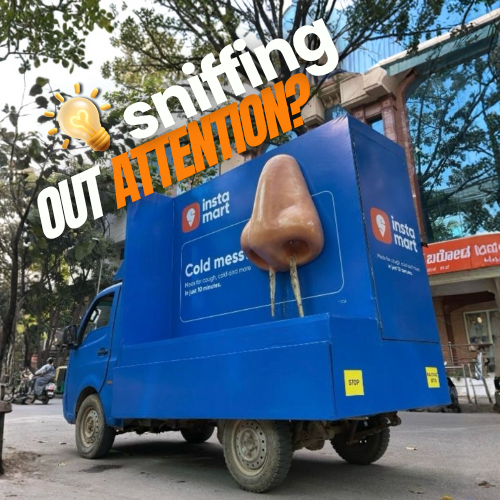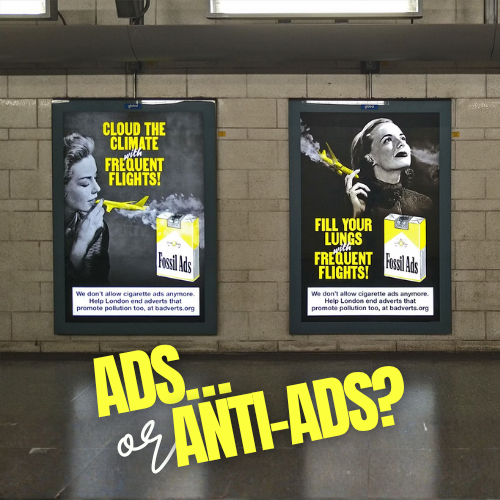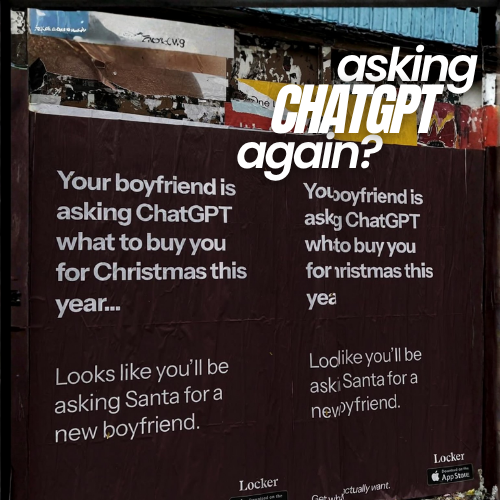Google is rewriting the rules of outdoor advertising with a breakthrough AI-powered campaign that blends real architecture with Gemini-generated content. The result is a new kind of “transparent billboard” that interacts with the city itself.
How does Google’s transparent AI billboard work?
The installation captures the actual architectural background behind each panel and merges it with AI-generated visuals, creating the illusion that the billboard is part of the building itself.

Why is this campaign considered a breakthrough?
The project embraces a flexible, modern structure where tech companies, creative agencies, and specialized partners contribute in real time. Superson’s ‘Supersprint’ model brings together Google’s technology, DDB Singapore’s creative direction, Hagia Labs’ technical execution, and emerging Indonesian talent—all producing high-impact ideas at speed.
Inside the creative production
Nearly 40 unique 15-second pieces were produced in just a few weeks—timelines that traditional workflows would stretch over several months. Using Google’s Veo 3 and Nano Banana AI tools, the team generated all content and deployed it across high-impact sites.
A new standard for AI-driven OOH
As the centerpiece of Google Gemini’s “BikinGebrakanLo” campaign, the team created a transparent AI billboard capable of producing surreal optical illusions: waves of bubble tea across façades, dinosaurs walking city streets, portals opening at intersections, and alien creatures emerging from the billboard’s frame.
At City Plaza, a 30×20m digital screen elevates the experience with real-time intelligence—selecting AI-generated content based on live weather data and delivering contextual messages throughout the day.
Real-time adaptability
New AI-generated scenarios can be produced and published within 24 hours, reacting to viral moments, cultural shifts, or breaking news. In a world shaped by micro-trends, this installation proves how advertisers can stay relevant day by day.

FAQs about this campaign
What makes Google’s AI billboards different?
They merge real architectural scenery with AI-generated content, creating transparent illusions that interact with the physical environment.
Who collaborated on this project?
Superson, Google Indonesia, DDB Singapore, and Hagia Labs partnered to develop and deploy the campaign.
What technologies were used?
All video sequences were created using Google's Veo 3 and Nano Banana AI tools.
How fast can new content be produced?
The team can generate fresh AI scenarios within 24 hours, enabling real-time adaptability to trends and news.
Bring your idea to breakfast-time OOH
Explore formats that meet audiences in morning routines and commuter corridors.



